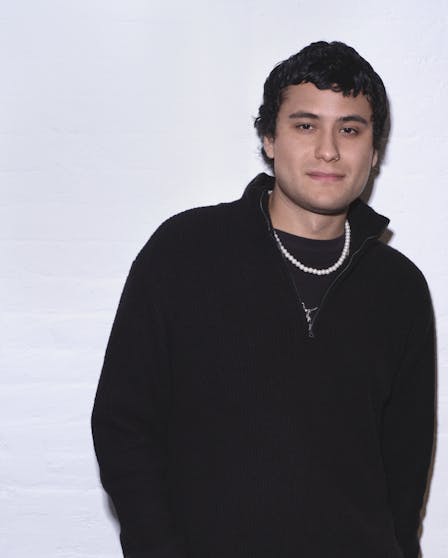When Storytelling Meets Sales: Creative That Performs in a Connected Commerce World
Why Creative Must Sell, Not Just Inspire
In a Connected Commerce world, creative can’t live in isolation. It has to inspire, educate, and convert, all at once.
Traditional brand storytelling was built for impression, not impact. Performance creative, on the other hand, often prioritized click-throughs over connection. The truth is that neither approach alone drives modern growth.
The brands winning today are those that fuse storytelling and sales into one discipline, creating experiences that are both emotionally resonant and commercially effective.
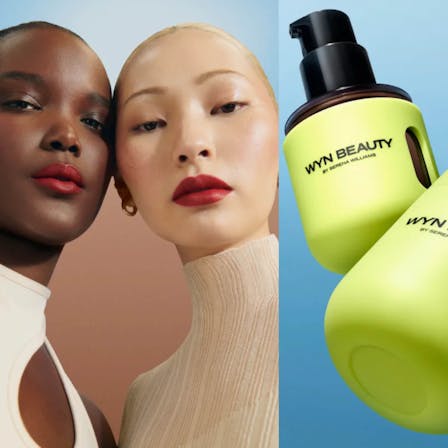
The Shift Toward Connected Commerce
Connected Commerce is the reality where every channel, Amazon, DTC, retail media, brick-and-mortar, and social, works in concert, not competition.
In this environment, siloed creative fails. Consumers don’t move linearly through a funnel anymore; they bounce from TikTok → Amazon → Target shelf in a single decision cycle.
To meet them there, creative must carry the same story everywhere, optimized to perform on every platform it touches. That’s why the most forward-thinking brands are designing for narrative consistency and commercial adaptability from day one.
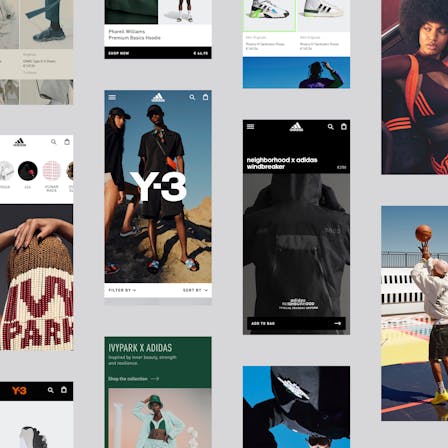
The Power of Storytelling in Commerce
Storytelling remains the foundation of brand preference. It’s what turns a logo into a lifestyle, but in Connected Commerce, that story must be translated into shoppable moments.
Take OUAI, the luxury haircare brand whose Amazon storefront earned BeautyMatter’s Best Amazon Storefront Award. Rather than treating Amazon as a transaction point, Front Row reimagined it as a storytelling environment:
- Navigation was redesigned by hair concern and function, how people actually shop.
- Lifestyle modules mirrored OUAI’s social tone and aesthetic.
- Fragrance-driven content and “Meet the Founder” sections humanized the experience.
The results told their own story: +67 % sales, +75 % orders, +45 % visitors, and 13 K new followers.
A seamless blend of beauty storytelling and conversion strategy turned an Amazon page into a brand world.
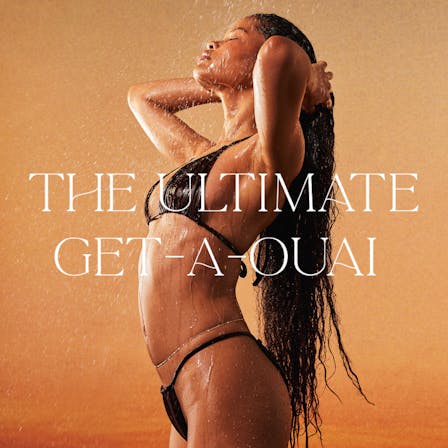
Performance Meets Creativity
Performance creative is artistry backed by analytics. Its success is measured not just in aesthetics, but in metrics that matter, CTR, conversion rate, AOV, and retention.
Front Row’s Amazon launch for Charlotte Tilbury proves this balance. Partnering with the brand and Amazon, the team delivered premium beauty content optimized for discovery and conversion across 400 SKUs. Every PDP, brand slider, and storefront page followed Premium Beauty Best Practices, where storytelling, education, and luxury design worked together to move shoppers from curiosity to checkout.
The outcome: a 441 % uplift after launch, and an Amazon presence that felt every bit as premium as Charlotte Tilbury’s flagship boutiques.
In connected commerce, story drives the “why,” but performance drives the “buy.”

Bridging Brand + Demand in the Creative Process
The creative process has evolved. Today’s most effective assets are built for both emotion and commerce:
- Amazon A+ Content that mirrors brand storytelling instead of duplicating specs.
- Digital flagships that act as immersive ecosystems for brand narrative and product discovery.
- Social and retail media that prioritize resonance and ROAS.
- Analytics loops like Front Row’s Catapult platform that feed performance insights back into the creative cycle, turning data into design intelligence.
When creative teams and performance marketers collaborate from the start, every banner, PDP image, or campaign asset becomes part of a unified growth engine.
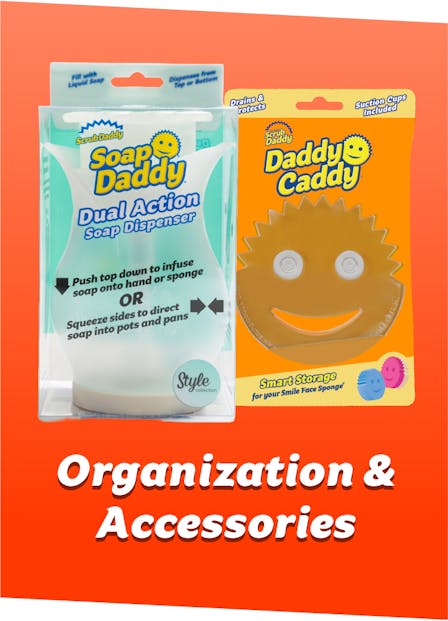
Case Studies in Action
ChapStick — Cozy Chaos on the Shelf
Front Row’s Brand Strategy & Design team transformed ChapStick’s holiday packaging into a collectible retail event. The Ugly Sweater Collection reimagined each SKU as a mini ornament, pairing nostalgic humor with high-impact shelf presence.
By weaving emotional storytelling into packaging design, the team turned a utilitarian product into a joyful expression of brand storytelling, proving that creativity and commerce can coexist beautifully.

What Brands Can Do Today
Marketers can apply this model right now by rethinking how creative gets made:
- Align creative with channel KPIs from the brief stage.
- Design modular creative that flexes across Amazon, TikTok, retail media, and DTC.
- Use data as a creative partner, not a post-mortem tool.
- Reframe the brief: from “make it look good” to “make it work everywhere.”
The brands that master this integration will not only win clicks, they’ll build lasting emotional equity across every commerce touchpoint.
Creative as the Growth Engine
Storytelling and sales aren’t separate disciplines; they’re two halves of the same engine.
In the era of connected commerce, the best creative doesn’t just inspire, it sells beautifully.
For an inside look at how global brands like Coca-Cola, and ChapStick bring this philosophy to life, download our latest case studies and see creative that performs in action.

